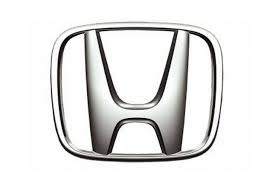CR-V 4WD L4-2.4L (2004)

2. Loosen the damper pinch nuts and bolts (A), and adjust the camber by moving the bottom of the damper within the range of the damper pinch bolt
free play.
3. Tighten the nuts to the specified torque.
4. Reinstall the front wheels. Lower the front of the vehicle to the ground, and bounce the vehicle several times to stabilize the suspension.
5. Check the camber angle. If it is within the specification, check the front toe. If it is not within the specification, go to step 6.
6. Raise the front of the vehicle, and make sure it is securely supported. Remove the front wheels.
7. Replace the damper pinch bolts with the adjusting bolts (A), and adjust the camber angle.
NOTE: The camber angle can be adjusted up to ±15' (center of tolerance) by replacing one damper pinch bolt with the adjusting bolt. The
camber angle can be adjusted up to ±30' by replacing both upper and lower damper pinch bolts with the adjusting bolts.
8. Tighten the bolts to the specified torque.
9. Reinstall the front wheels. Lower the front of the vehicle to the ground, and bounce the vehicle several times to stabilize the suspension.
10. Check the camber angle. If it is within the specification, check the front toe, and adjust it if necessary. If it is not within the specification, readjust
it, and recheck. If the camber angle cannot be adjusted to the specification, check for bent or damaged suspension components.
Rear Camber Inspection
Use commercially-available computerized four wheel alignment equipment to measure wheel alignment (caster, camber, toe, and turning angle).
Follow the equipment manufacturer's instructions.
Check the camber angle. If the camber angle is not within the specification, check for bent or damaged suspension components.
Rear camber angle: -1°00'± 45'
NOTICE: Do not loosen the special bolts on the trailing arm.
Front Toe Inspection/Adjustment
1. Center the steering wheel spokes.
2. Check the toe. If it is not within the specification, go to step 3.
Front toe-in: 0 ± 2 mm (0 ± 0.08 inch)
